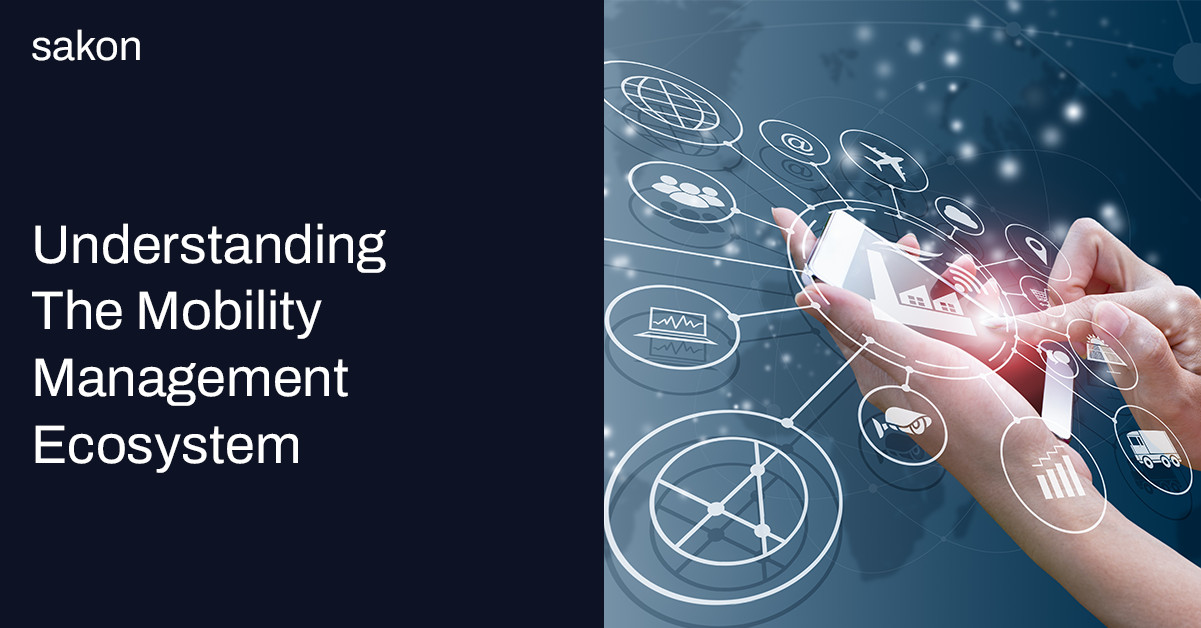Key Challenges of Managing Enterprise Mobility
Fragmented
Ecosystem
Supporting mobile devices is complex due to the growing and fragmented ecosystem of service providers required to manage each end-user. Each service provider comes with its own set of tools and processes solely focused on their piece of the delivery. It is challenging for IT to manage.
Siloed
Data
The ever-growing proliferation of devices leads to an abundance of data that is scattered across different locations, silos, and management system. Enterprises struggle to find the source of truth for device, service and expense data.
Negative
User Experience
Decentralized or complex device procurement experiences lead to dissatisfied end users combined with the confusion about where to go to get help within the organization. The lack of timely and proactive communications to end users about order status or their requests to move, add, change, disconnect services – leads to increased calls to help desk to answer basic questions.
The 5 Key MMS Capabilities
1. Sourcing and Logistics
1. Sourcing and Logistics
The Sakon Platform connects multiple enterprise and vendor system data sources together to create complete visibility and control over the entire device fleet using best-in-class analytics Integrated from OEM through the VAR to the end-user.
The data managed within the Sakon Device platform ensures service delivery, intelligent lifecycle tracking, and helps optimize capital/operational expenses.
Automated device lifecycle workflows ensures speedy and accurate responses to enterprise and end-user events increasing overall business and user experiences.
2. Managed UEM
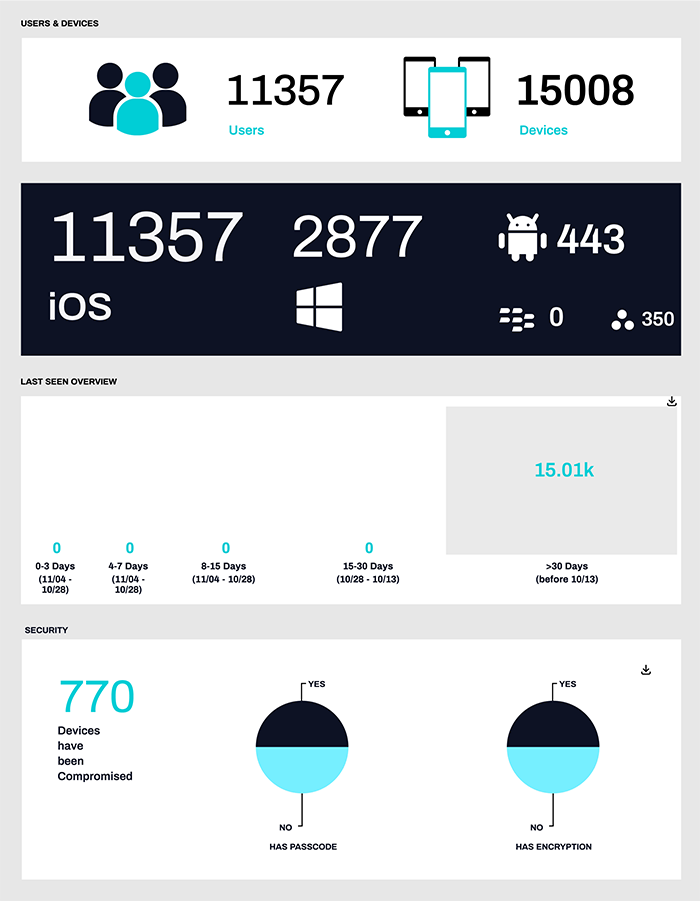
2. Managed UEM
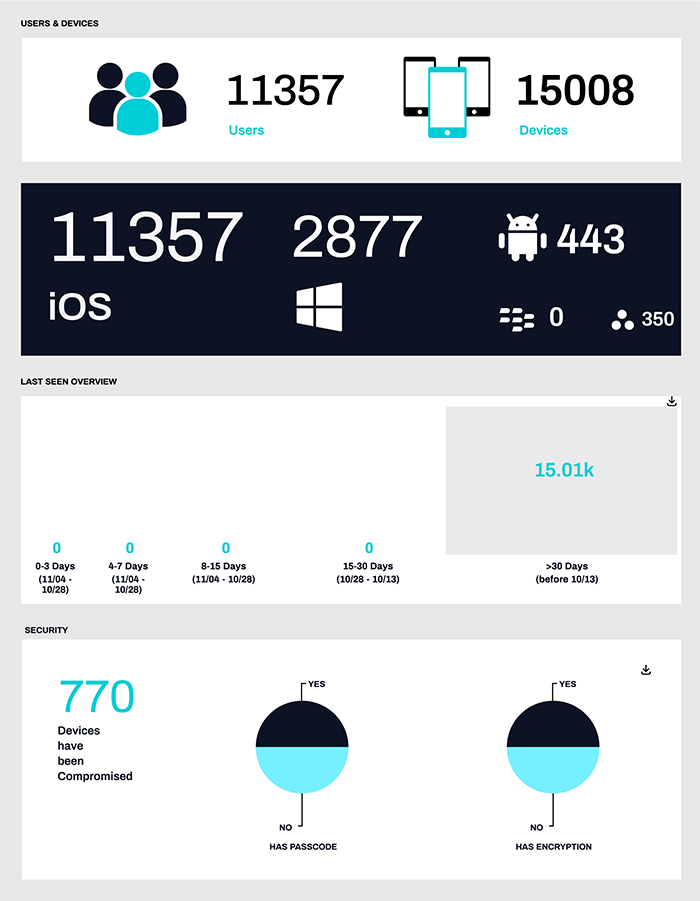
The UEM data Sakon collect in the Device Platform is utilized across departments for device ownership management, usage tracking, or to help ITAM resources schedule large device refreshes.
Enterprises migrating from one UEM platform to another can do so without risking security while also providing IT data on employees that had not yet activated the new enrollment.
Sakon leverages UEM data to help track point-in-time statuses in the device lifecycle such as “in-use”.
3. Security Management
3. Security Management
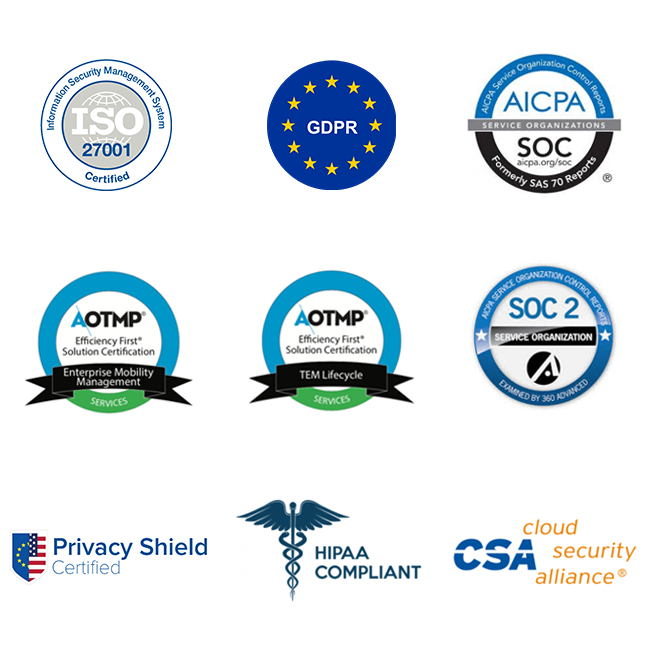
As the mobile ecosystem orchestrator, Sakon utilizes this important data source to reveal key insights to the enterprise about mobile device security, threat gaps/preventions and data protection.
Protect customer data.
Comply with global security mandates and audits.

4. Financial Management
4. Financial Management
Roll-up of usage, expenses across service providers, carriers and geographies providing a single comprehensive view.
Integration to enterprise financial systems automating invoice processing and cost allocation.
Robust audit and optimization practice to ensure connectivity services are as efficient as possible.
5. Program Management
5. Program Management
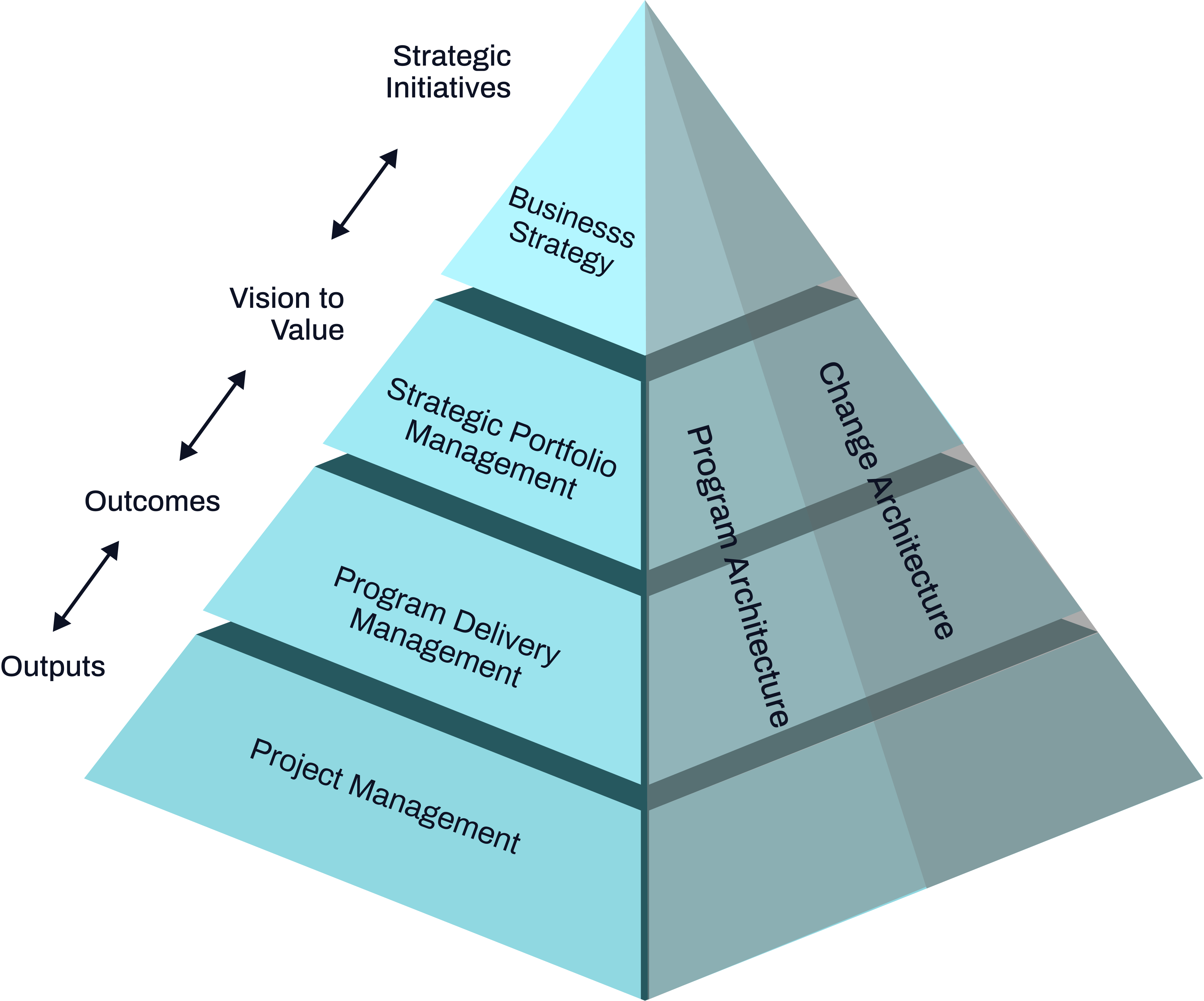
Industry leading SLAs and XLAs for order fulfillment, optimization, help desk and data accuracy.
KPIs to measure the performance of all third-party service providers on behalf of our customers.
Tracking total cost of ownership as a key measure to determine program effectiveness.
Enforcing global standards by continually adding a broad portfolio of certifications. e.g. Sakon is the first MMS to be FirstNet verified.
Continually adding consumer-like support channels to resolve technical requests such as customer mobile apps, online chat and integrations with Slack, Teams and ServiceNow.
Reporting and analytics to ensure customer engagement, performance monitoring, and risk anticipation.

Benefits
Data Accuracy
and Visibility
Disparate data is consolidated into a single platform and view to understand the complete lifecycle of mobile device, service and expense data
Cost Management
and Savings
Process, manage and optimize all costs across the entire mobile environment to identify savings and maximize mobile investments.
Empower
End Users
Providing users with easy and simple ways to see their mobile devices, combined with the most flexible self-service options results in useful and positive experiences.
Global Capabilities
Procurement
Inventory
Financial
End User Experience
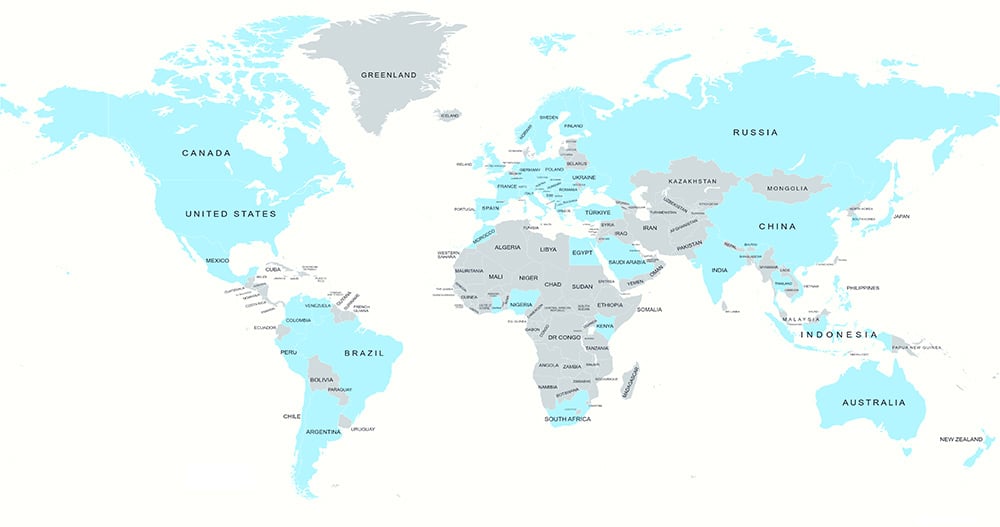
Insights
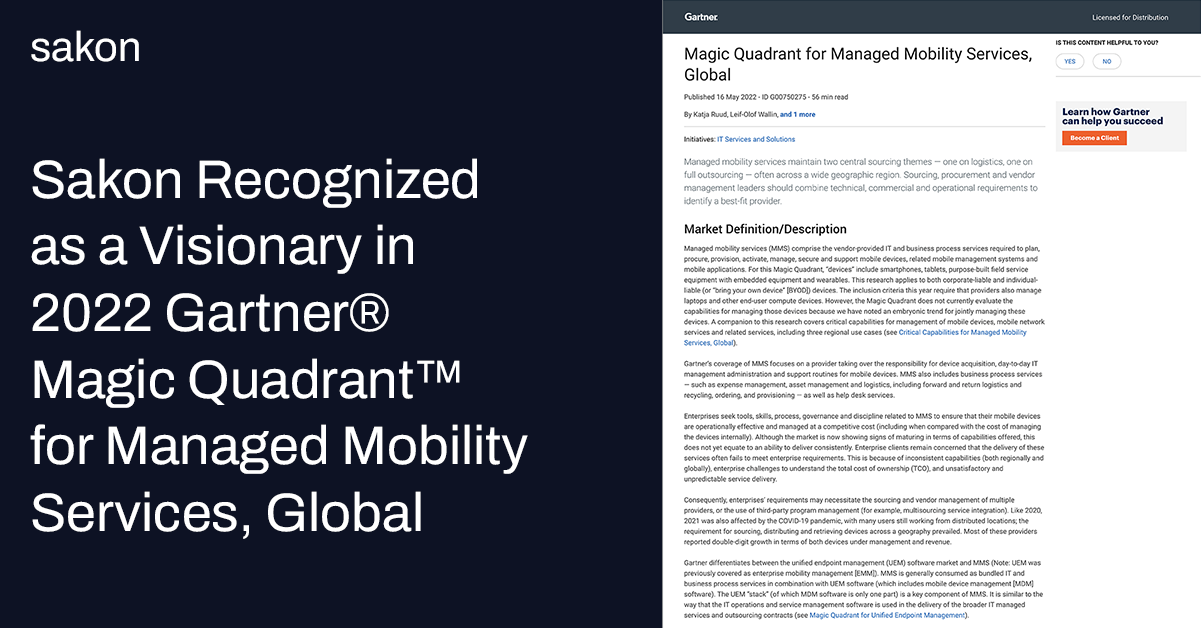
Sakon Recognized as a Visionary in 2022 Gartner® Magic Quadrant™ for Managed Mobility Services, Global
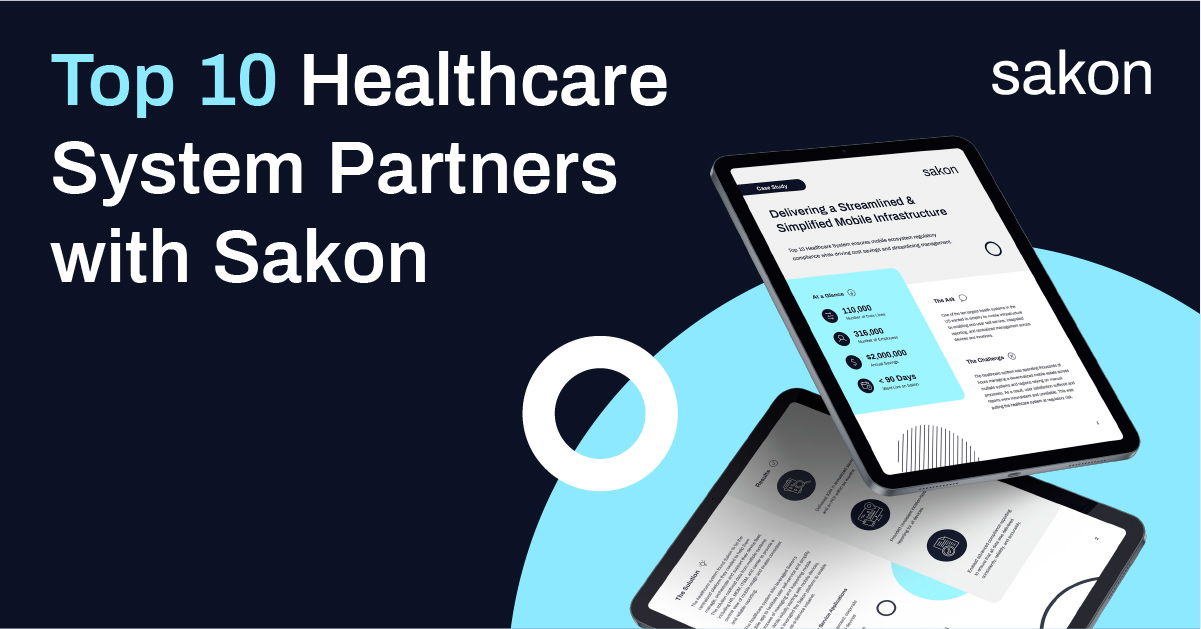
See What We’ve Done For One of The Top Healthcare Systems in the Country
